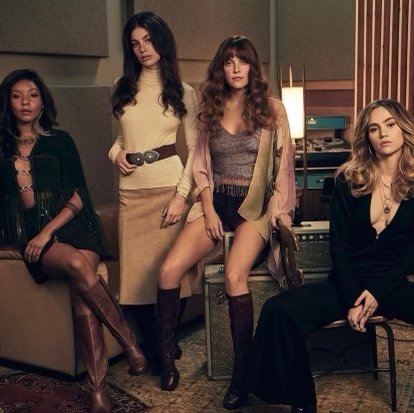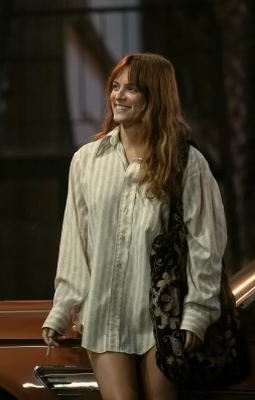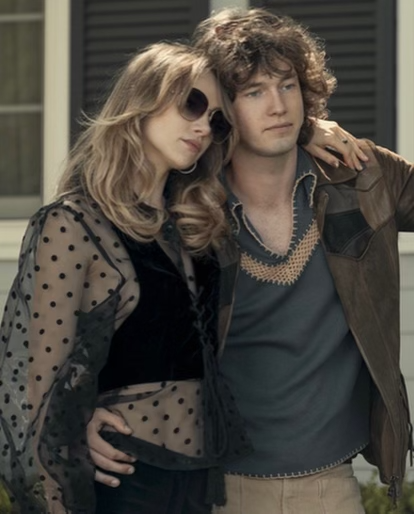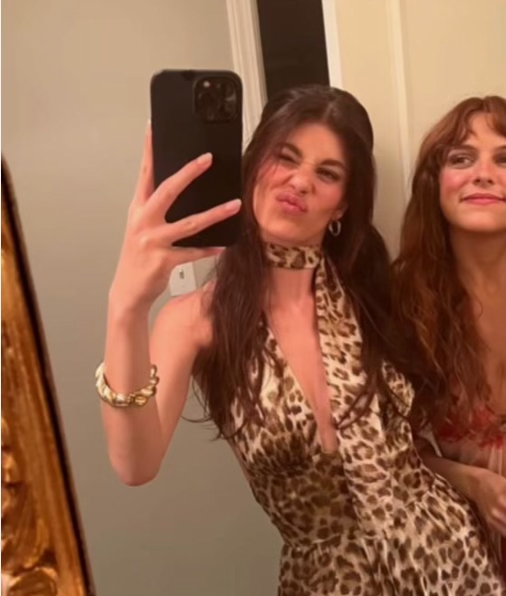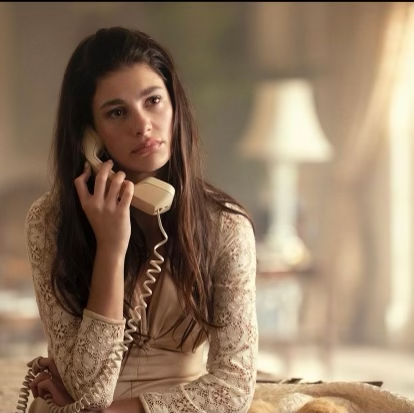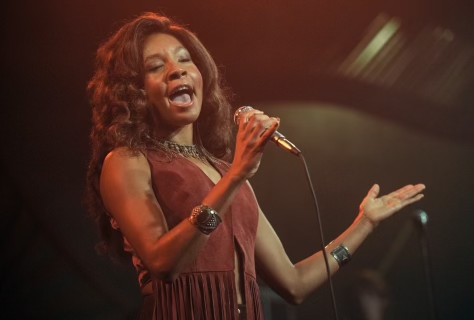Daisy Jones and the Six: Bringing ‘70s Back
“I suppose everybody hurts everybody, but women can always seem to get back up, you ever notice that? Women are always still standing” - Graham Dunne.
What is most compelling about the story of Daisy Jones and the Six is that while each main character endures their struggles, they all fight for their beliefs and do not conform to societal norms. In Taylor Jenkins Reid's novel, all the women she creates are independent with complex personalities and individual styles that enhance their character development. The impact of the wardrobe styling in the TV adaptation communicates each woman's autonomy and ability to defy preconceived standards by wearing what makes them comfortable. Misogyny is a recurring theme throughout the book, and the female characters, through fashion, express their thoughts and roles and attempt to assert their power.
When asked about her clothing in the book, Daisy admits, "I dress how I want to dress. I wear what I feel comfortable in. How other people feel about it is not my problem." Daisy's style is authentic to herself. She doesn't conform to how others think she should dress. In the TV adaptation, Daisy often wears flowy blouses and bell-bottomed pants. Costume designer Denise Wingate insists she is a big fan of Taylor Jenkins Reid's books and wanted to honour Reid's descriptions regarding Daisy's eccentric outfits. Wingate admits that Daisy's on-screen looks reference Fleetwood Mac’s lead singer Stevie Nicks, hence the caftan tops, billowing sleeves, and semi-sheer tops. One of the key moments in the book is when Daisy first enters the recording studio wearing nothing but a man's oversized dress shirt. Wingate wanted to capture the "I dress how I want" aspect of Daisy's character; for instance, Daisy wears extravagant fur coats in the Los Angeles heat, goes onstage barefoot, and shows up to rehearsal without pants. Daisy Jones is an endearing, frustrating, and mesmerizing character. She dresses on her own terms.
"When I auditioned for the Winters, I had this really great minidress I'd just bought, it was pale blue with a big belt across it. It felt like a lucky dress," Karen explains. "Well, the day I tried out, I didn't wear it. Because I knew they'd see a girl. And I wanted them to see a keyboardist.” - Karen Sirko.
When Karen first auditions to join the band, she wears a University of Chicago T-shirt she stole from her brother. She wants to wear her lucky dress, but she knows that if she wears a dress, she’ll be seen as a girl, not a keyboardist. Karen, in the book, is known for her long sleeves and high necklines. Karen consciously tries to reject the idea of dressing for the male gaze. She works in a male-dominated industry and tries to prevent sexist assumptions about her musical talent by concealing her femininity. With this in mind, Wingate sought to implement more androgynous pieces into Karen's wardrobe. Karen’s clothing symbolizes her refusal to let her talent be overlooked based on her gender in the music industry. Although the show’s producers attempted to feminize Karen by having her wear V-neck tops, Karen's nonconformity makes her a mesmerizing and inspiring character in the book. Wingate stated that Karen’s wardrobe was inspired by Fleetwood Mac’s keyboardist Christine McVie and T.Rex lead singer Marc Bolan. Throughout the show, as the band rises to fame, we see a fashion shift in Karen's style from her original classic turtlenecks to her style beginning to resemble Daisy’s as she wears low-cut shirts, flowy fabrics, and sheer tops. Again, one of the most powerful themes in the book is the misogyny women face in the music industry. The book did an excellent job highlighting the nonconformity of Daisy and Karen's character unconventional styles.
“She was no wallflower. You just had to be paying attention to see it.” — Karen Sirko on Camila Dunne.
What is so compelling about Camilla is that it would have been easy for the writers to make her seem like a wallflower, but what made her character so captivating was her sense of agency and trust. Reid could have portrayed Camilla as a traditional housewife, oblivious and forgiving of her husband's indiscretions, but Reid consciously chose to fight for their marriage and help him recover. Wingate stated that Bianca Jagger and Ali MacGraw’s characters from Love Story inspired Camila’s outfits. Wingate wanted young Camila to have a “buttoned up” look before entering her more undone, boho style when she becomes a wife and mother. She wears midi skirts, peasant tops, and turtlenecks early in the season. Her initial outfits convey a sheltered and youthful naivete. Wingate explains a significant arc in Camila’s character, and she wanted to depict these changes through the character's style evolution. As the band grows in recognition, Camila’s outfits shift to more flowy and floral prints. As the tension between Daisy and Billy becomes more intense, Camilla goes “full Bianca Jagger,” Wingate says. At this point, Camila wears more fitted clothes, extravagant accessories, thigh-high boots, and distinctive prints.
“I was the only one encouraging her to make something of herself with her talent.” - Simone Jackson
I always admired Simone and Daisy’s friendship. Simone always wanted to see her best friend succeed and it never mattered where they were, they were always rooting for one another and encouraged the other to be their authentic selves.
Simone Jackson encompassed the ‘70s disco era. Wingate drew inspiration from the Big 3 of the ‘70s, Donna Summer, Diana Ross, and Chaka Khan - the women who pioneered the disco movement. Simone wears a lot of mixed textures, fringe, and suede materials. Simone plays a powerful role in the show as she refuses her dream of signing to a label when she learns that the label wouldn’t accept her as a whole. Simone continued on her own path and wore clothing that was empowering and cutting edge. Simone breaks out in the New York LGBTQ+ club scene. Throughout the show she gains confidence in her identity and we see her style change through performing in matching sets and wearing more embellished pieces.
